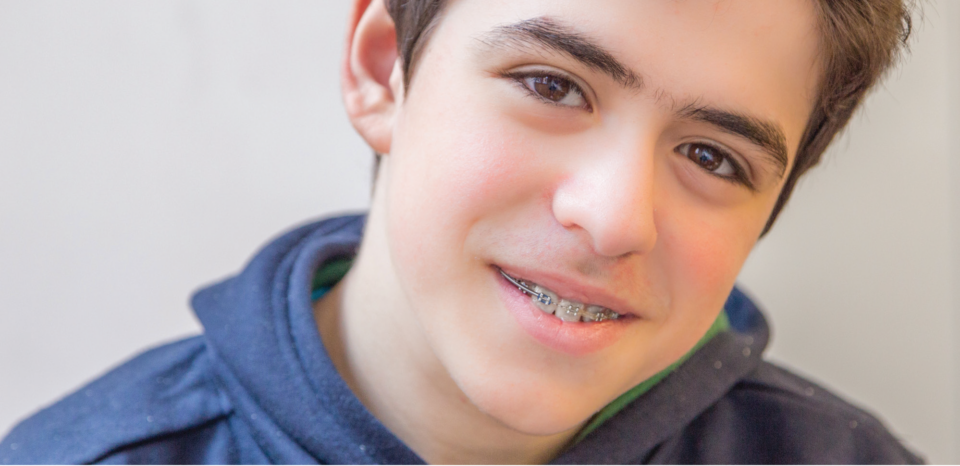Does my child need braces? First things first: scheduling regular dental checkups for your kids is the key to staying on top of their dental health, and from there, your dentist will tell you if they recommend braces or not.
According to Board Certified Orthodontists Alex Cassinelli D.M.D., M.S.; Shiv Shanker, D.D.S., M.S; Robin Baker D.D.S., M.S.; and Jeremy Dock, D.M.D., M.S at Cassinelli, Shanker & Associates, the most common orthodontic problems in kids that result in braces include crowding or spacing of teeth and excessive protrusion and overbites; however, some problems are less obvious.
“It is best to talk with the child’s dentist and seek their opinion,” suggests Shanker. “The American Association of Orthodontists recommends that a child be first seen in an orthodontist’s office by age 7 to ensure that development is proceeding uneventfully.”
At your child’s dental checkup, your dentist may refer you to an orthodontist, who is a dentist that has specialized by undergoing an additional three years of residency training to become an orthodontist.
“Look for a board certified orthodontist who has a good reputation,” suggests Cassinelli. “Dentists usually have a very good sense for who is good,” he continues, “Ask them who they would take or have taken their child to!
“Find someone who you and your child are comfortable with. If you are ever unsure, get a second opinion to find the right orthodontist for you and your child.”
TIMING IS EVERYTHING
Early intervention will help you and your family decide if and when your child will go down the braces road. Getting your children evaluated by an orthodontic specialist by the age of 7 is recommended by the American Association of Orthodontists; however, the time for braces really depends on the child (most children get braces between ages 9-13 years old.) How many baby teeth still need to fall out and your child’s jaw development will determine a lot. However, it is important to assess issues earlier to ensure that development is proceeding uneventfully.
“When there may be a developing problem, it is always best to address it early or at least assess early so the strategy can be developed for the most effective and conservative treatment,” said Shanker. “But for now, the earlier you address the issue, the better, in order to avoid complications later on.”
EASING THE WORRY
Getting braces is a big step for children. As they grow older, they often worry more about what their peers think about them. You can help ease their worries by having the orthodontist explain the options, such as Clear Aligners or custom made clear braces, which are more aesthetic and also may be more effective. Plus, nowadays, pain and discomfort have lessened because of all the great, new technology.
“The biggest challenge our average young patient faces is the effort involved in keeping their teeth and gums healthy,” says Cassinelli. “Although, at a first glance, this may appear difficult, we reassure all of our patients that all it takes is four minutes a day of effort to brush and floss.”
TIPS FOR KIDS + BRACES
- Teach your children the proper way to brush and floss
- Talk to your child about what to expect before and after braces
- Have soft foods on-hand for days when the braces are adjusted
- Keep a supply of wax at home
- Tylenol is recommended when the mouth hurts from braces being adjusted
READ MORE PARENTING STORIES HERE





